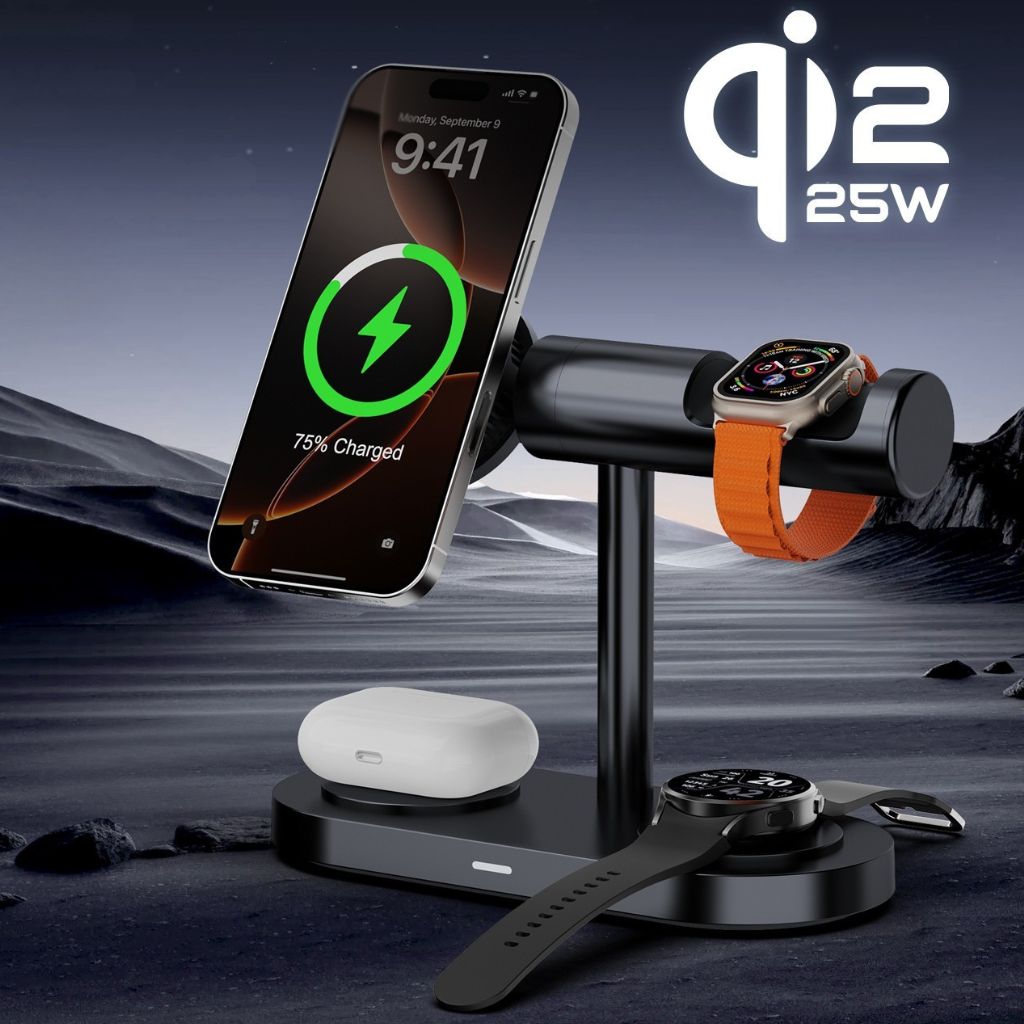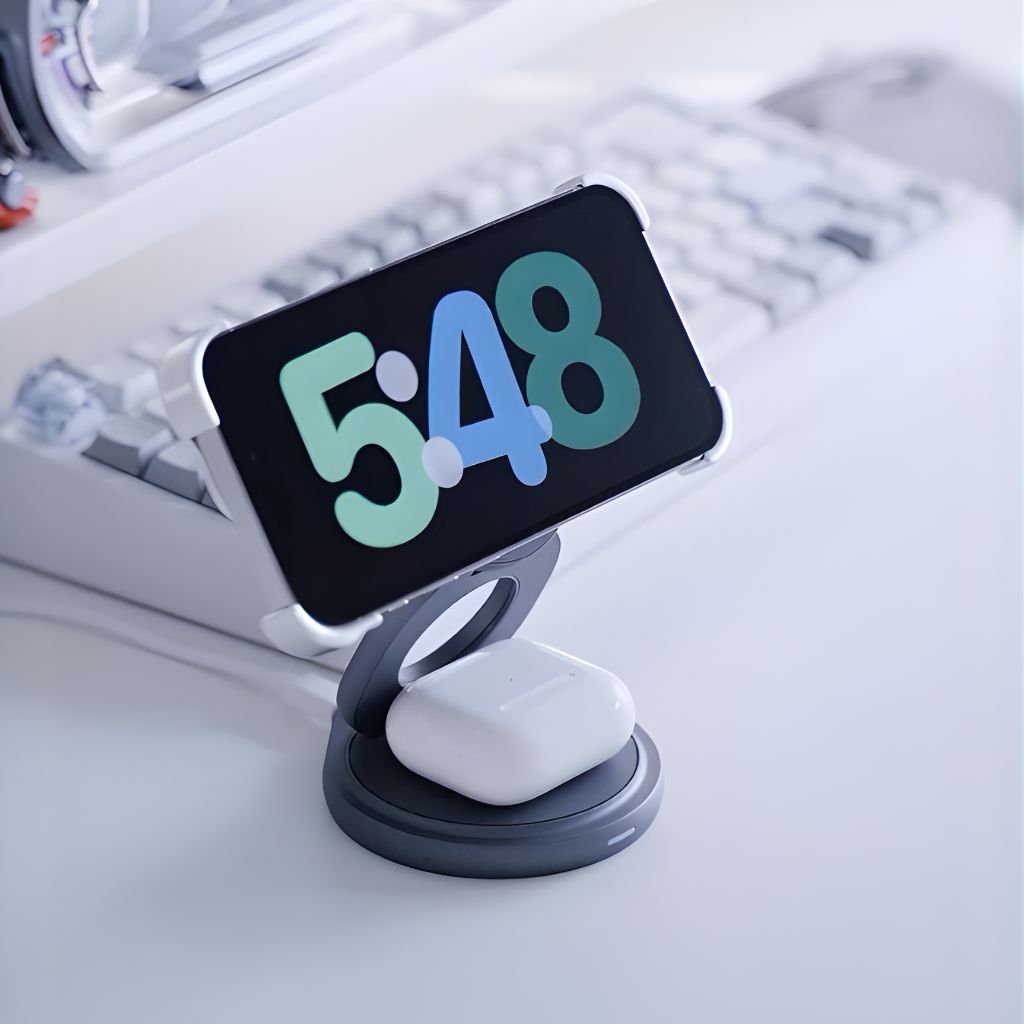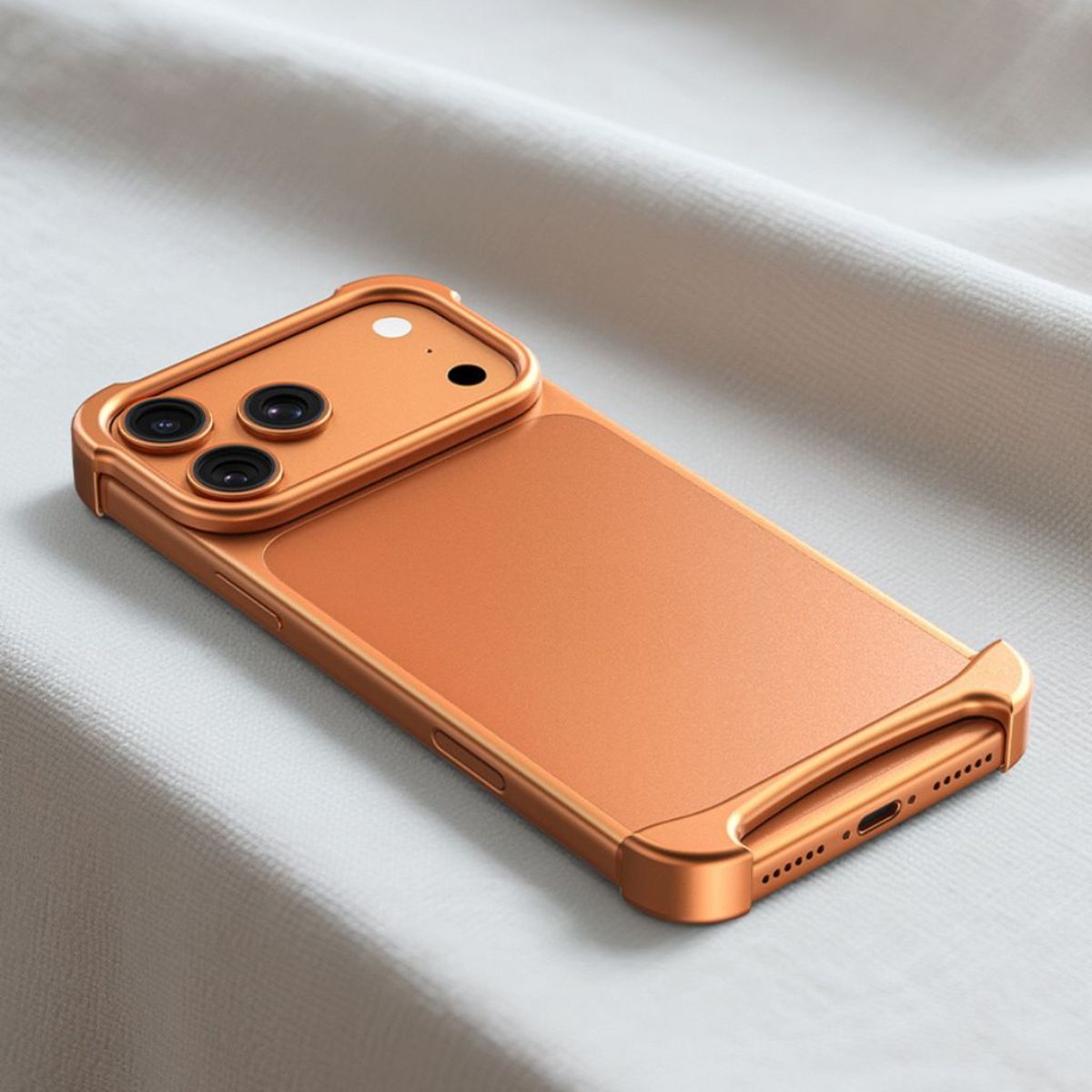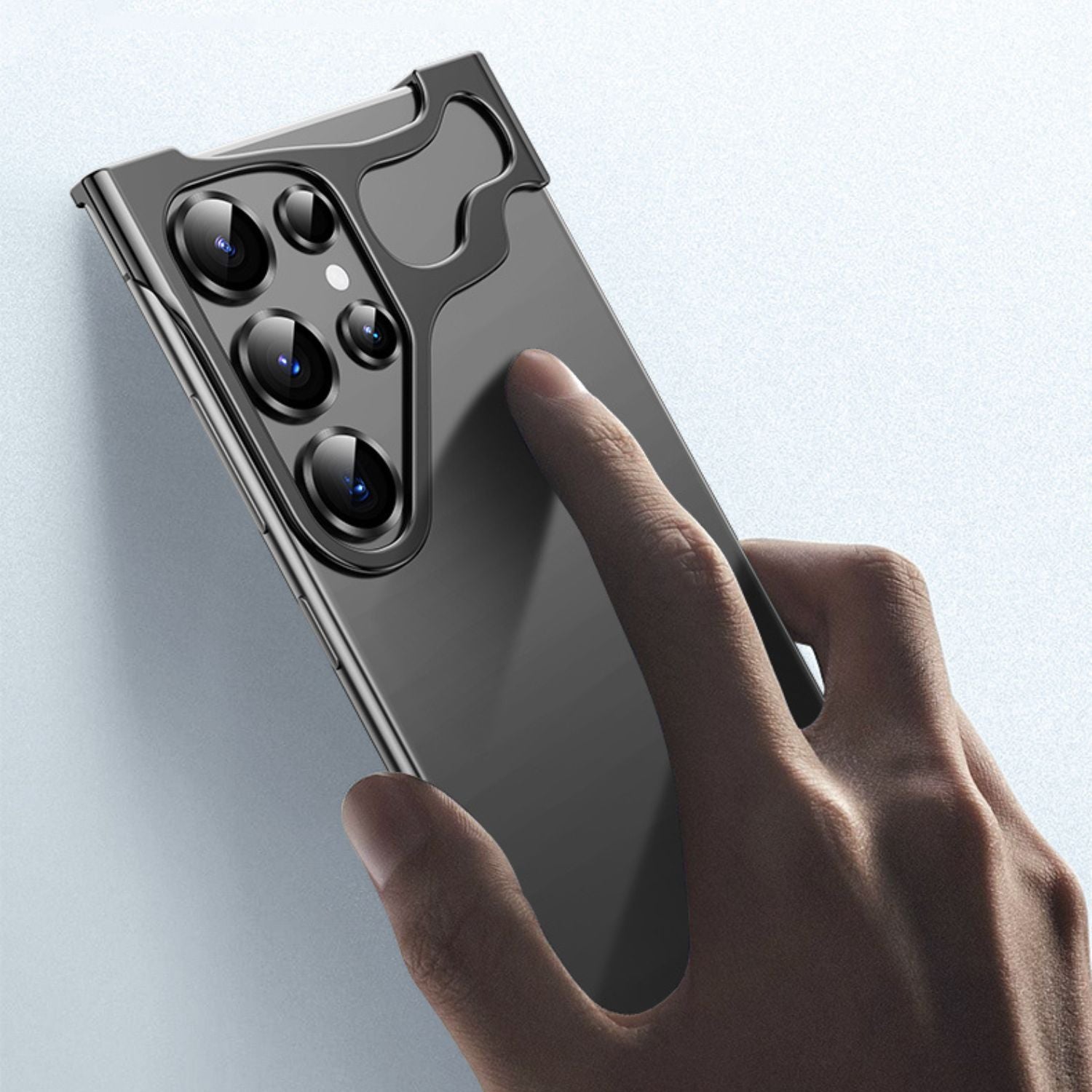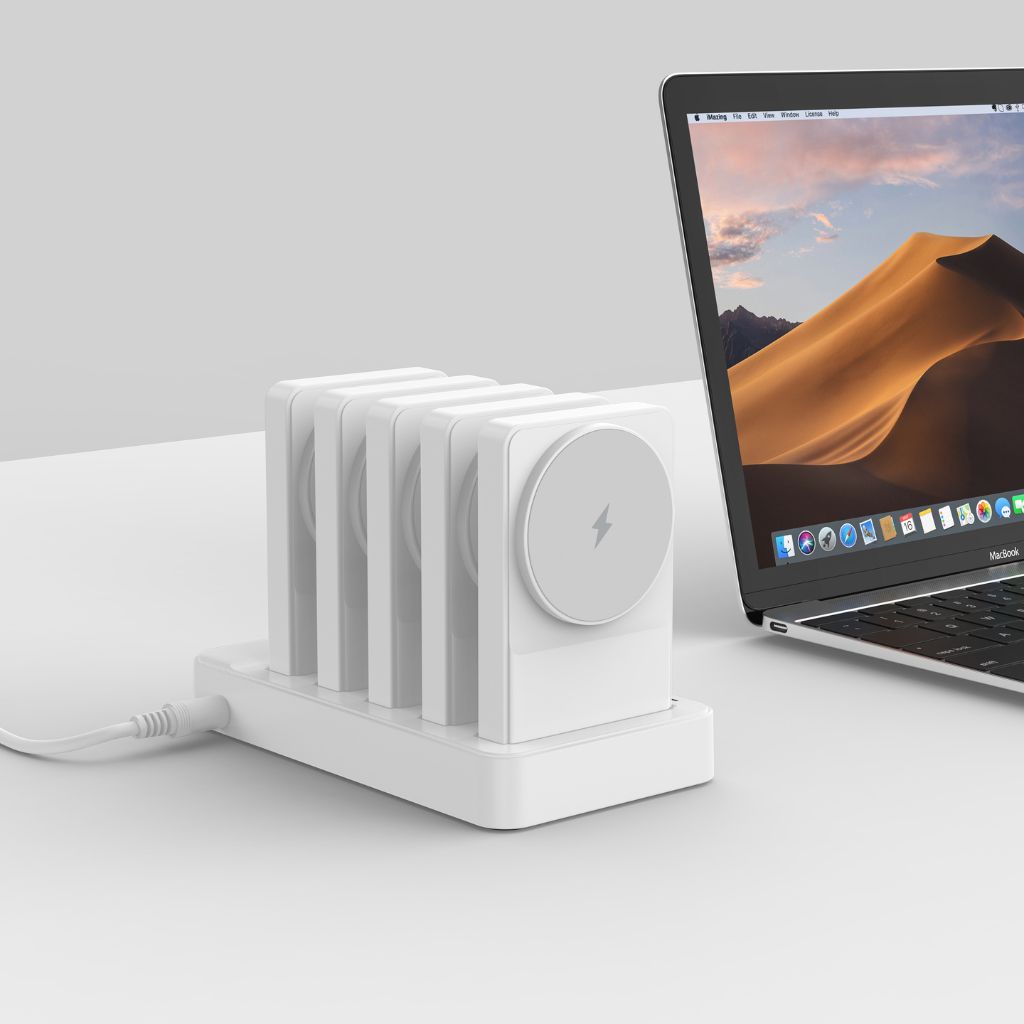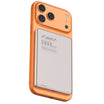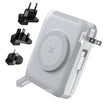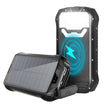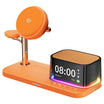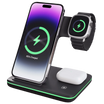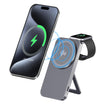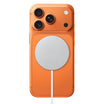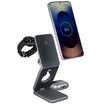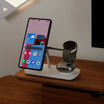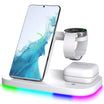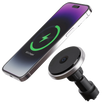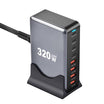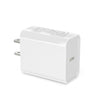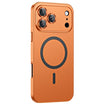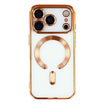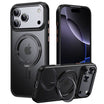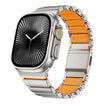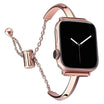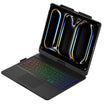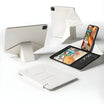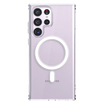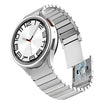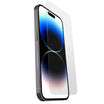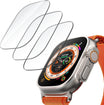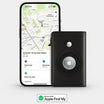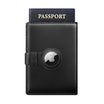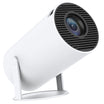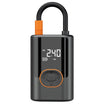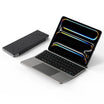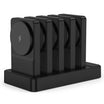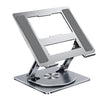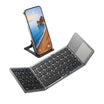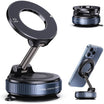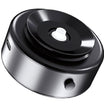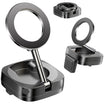Wireless Power Banks
Power Banks: How It Works
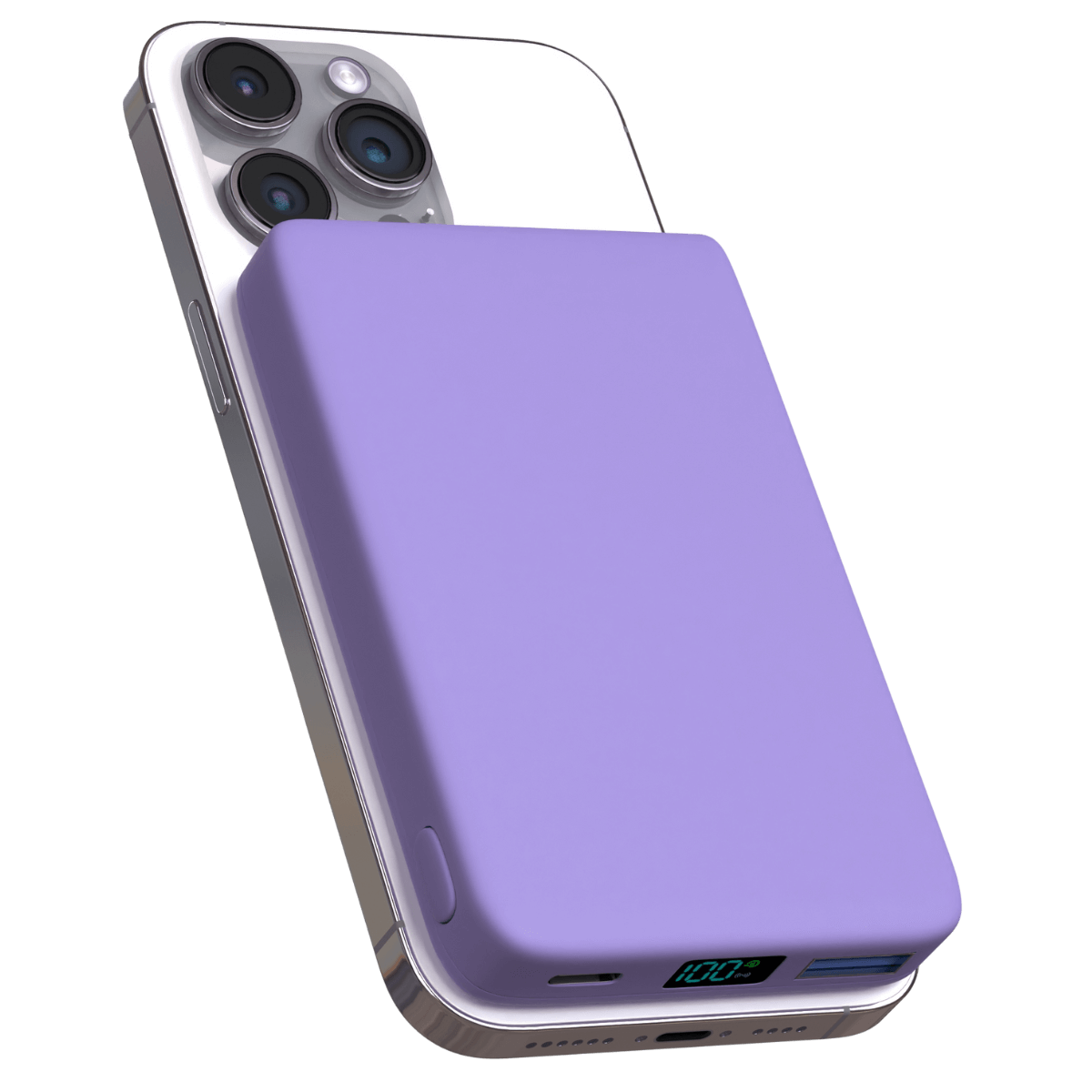
If you've ever been caught out with a dead phone, you know the feeling of panic that comes with it. Suddenly all your traveling plans for the day are thrown into disarray, and you're left scrambling to find a way to recharge. That's where power banks come in.
A power bank, in simple words, is a portable charger that you can use to recharge your devices on the go.
Power banks come in a variety of sizes, and you can charge them using a USB port or AC adapter. Most power banks have built-in sensors that prevent them from overcharging, and some even have solar panels for charging in daylight.
So how do they work? We will show the same below in this read. Stay tuned:
How Does a Power Bank Work?
A power bank is a handy little gadget that can give your phone or tablet a much-needed boost when its battery is running low. But how does it work?
Essentially, a power bank is a portable battery that you can charge up in advance and then use to top up your device when its battery is running low.
Most power banks use lithium-ion batteries, the same type of batteries used in many laptops and smartphones. When you plug your power bank into a wall outlet to charge it up, the lithium-ion batteries inside the power bank store energy.
Then, when you need to give your phone or tablet a boost, you simply plug the power bank into your device, and the stored energy in the batteries is transferred to your device, giving it a much-needed boost.
A power bank is worth considering if you're looking for a reliable and convenient way to keep your appliances and devices charged on the go.
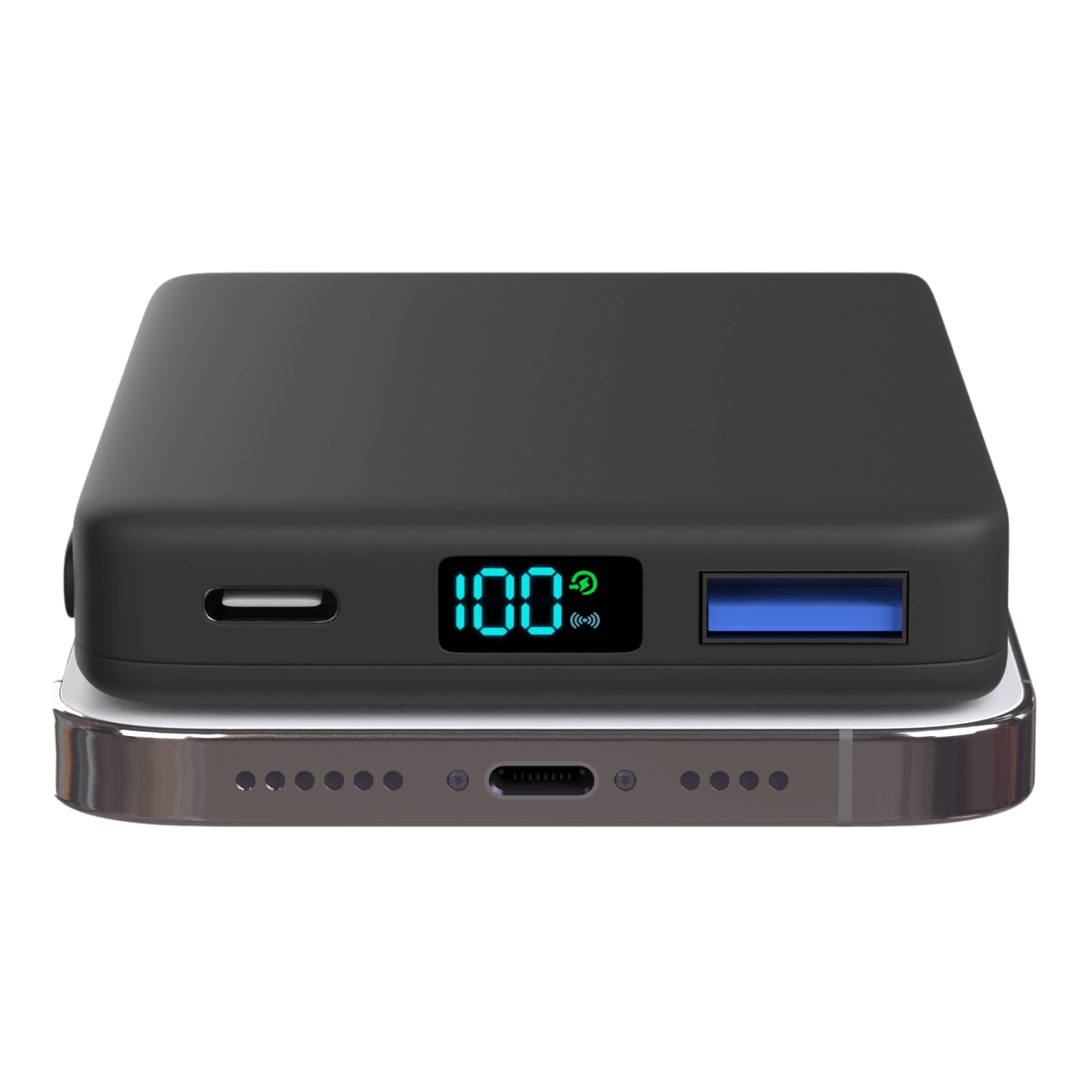
Are Batteries and Power Banks the same?
Power Banks are different from traditional batteries, especially when it comes to their working mechanism. Power banks require an array of complex circuitry to work, manage, balance, and deliver the charge and current. But these two concepts are identical, so it will be wise to learn how batteries work before going into the details.
Batteries collect and store chemical energy, and afterward, they convert it into current or, you can say, electrical power. Various chemical reactions inside a battery encourage a flow of electrons from one place to another, and this specific flow produces an electric current.
Main Components of a Power Bank
Now that you know and understand the basics of a power bank’s working mechanism, it would be better for you to know about its essential component. In this regard, the most vital component of a power bank is the rechargeable battery pack. And as it charges itself while providing charge to your other devices.
Some other vital components of a power bank are:
• Rechargeable battery packs
• Input and output ports
• Charging circuit
• Discharging circuit
• Battery protection and monitoring circuit
• Controller, switch
• Indicators
There can be more components, but you will find these parts in almost all power banks. Sophisticated power banks also have advanced temperature and current sensors for smooth working and additional safety measures.
What Can a Power Bank Charge?
Have you ever been out and about to realize that your phone is about to die? It's a frustrating feeling, but luckily there's a solution: a power bank. A power bank is designed to give your phone the boost it needs to make it through the rest of the day. But that's not all.
A power bank can efficiently charge just about any other electronic device with a rechargeable battery. This also means you can use it to charge your tablet, e-reader, or even your fitness tracker. So next time you're worried about your devices running out of juice, make sure you have a power bank. It could just save the day.
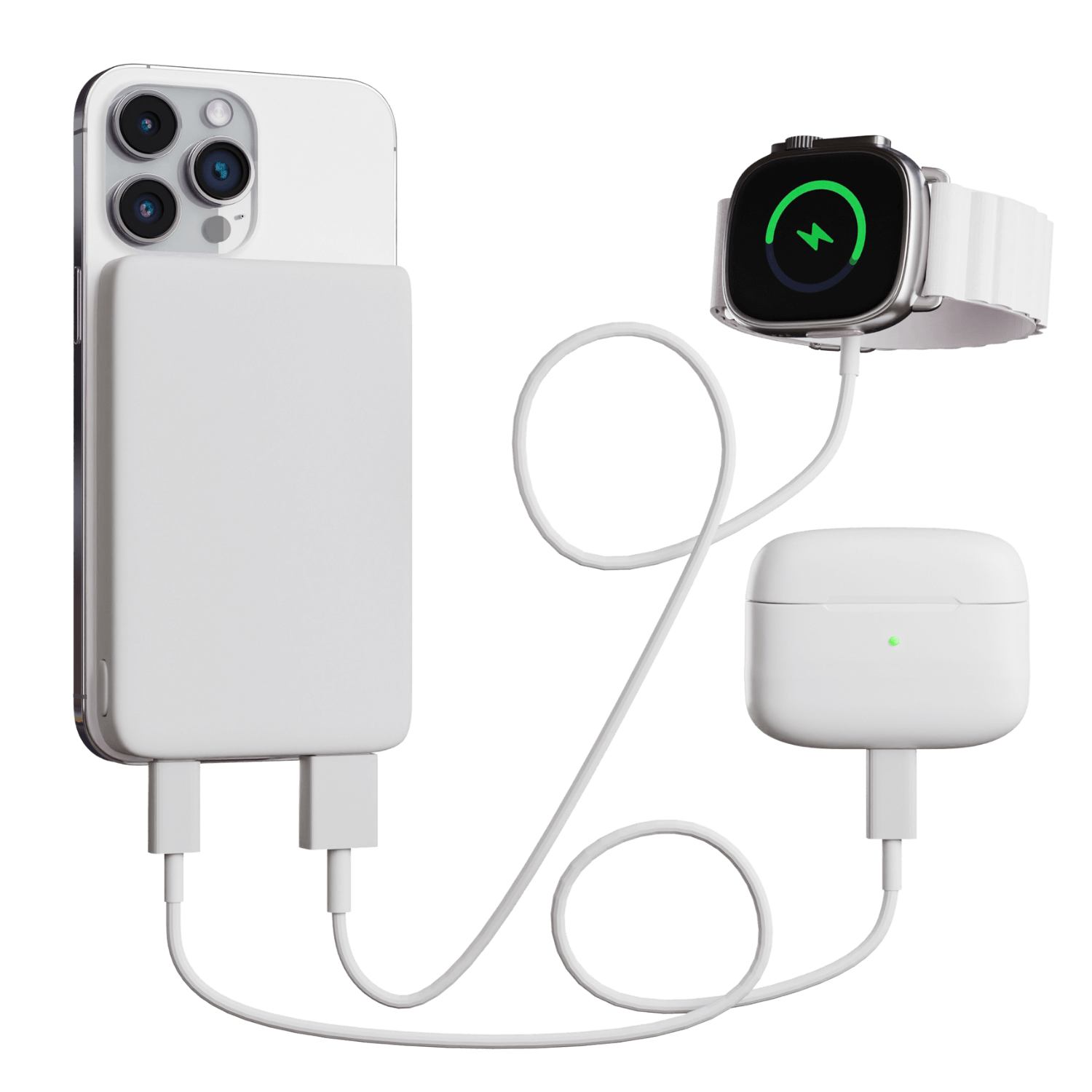
Can a Power Bank Charge My Laptop?
Yes, you can use a power bank to charge your laptop. However, you cannot charge your laptop with any power bank as all are different. Instead, you will find specific types of power banks to keep your laptop’s battery charged.
So you can charge most laptops with a USB-C port. If your charging cord features a USB-C, then you can use a power bank with a USB-C port to charge it.
After identifying the adequate wires and cables, you need to ensure that your power bank provides 30W of power to charge your laptop. However, if it delivers less watts, it will not be powerful enough to charge your device and potentially drain your battery.
The following companies designed laptops with USB-C charging ports:
• Dell
• Apple
• Asus
• HP
• Lenovo
• Microsoft
• LG
If your electronic devices or laptops don’t have USB-C charging feature, we recommend using a 12V power bank and a cable that snugly fits into your device’s charging port. If you are not sure which power bank you should use, contact the manufacturer or seek help from the product manual to get the best desired.
Why Are Some Power Banks More Expensive?
When it comes to power banks, you get what you pay for. The more expensive models tend to be made with higher quality materials and have a more powerful battery. This means that they will last longer and be able to charge your devices more quickly. Of course, this also makes them more expensive.
So, if you're looking for a power bank on a budget, you might consider one of the cheaper models. Just keep in mind that you will probably have to replace it sooner than if you'd invest in a higher-quality power bank.
Verdict:
So there you have it. Everything you wanted to know about power banks but was too afraid to ask: now that you understand how these little devices work. Hopefully, now you can easily choose the right one for your needs. Have we missed anything? If so, let us know below, and we’ll be happy to answer any questions you may have. Lastly, don’t forget to share this post with your friends and family – they’ll appreciate it!
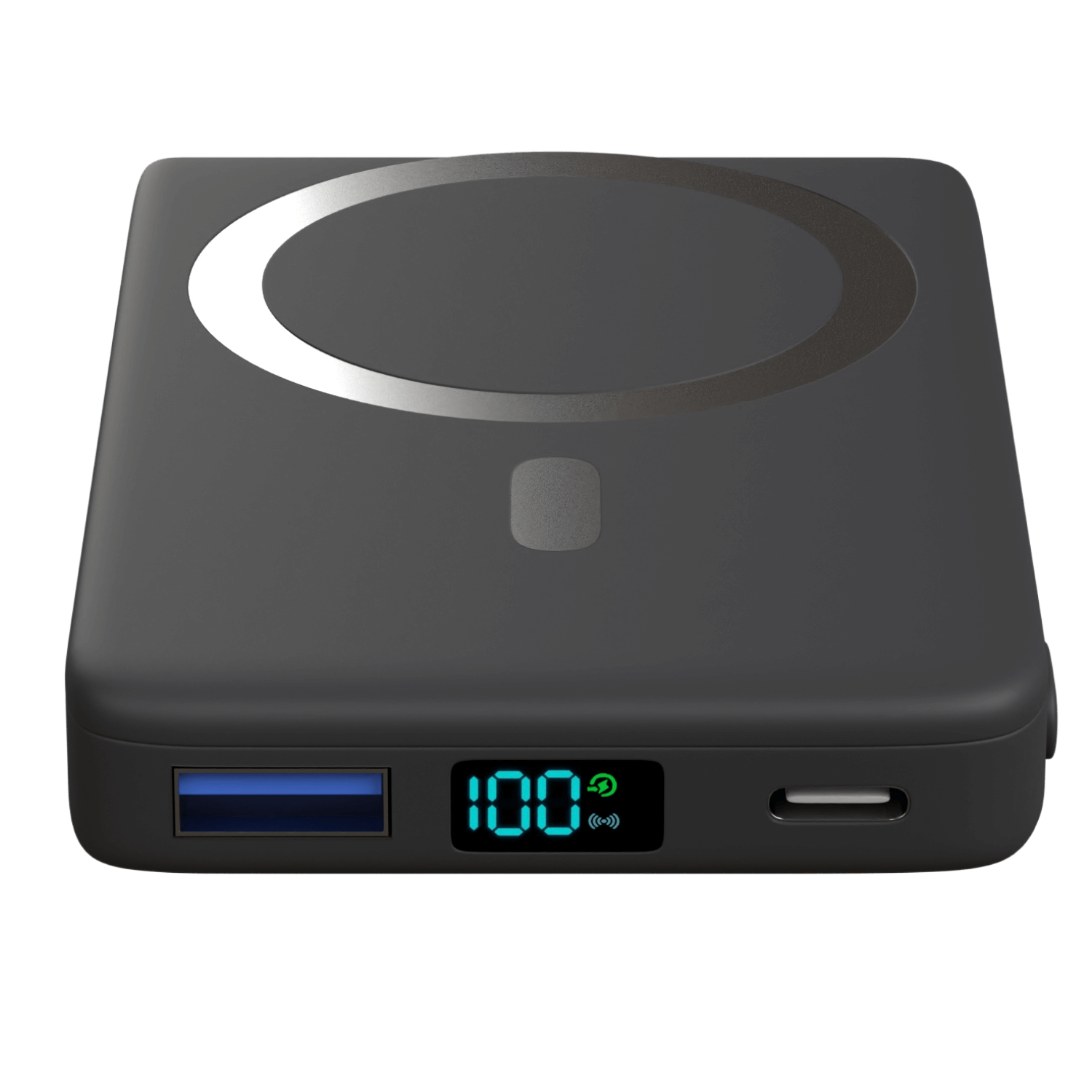
Explore More: Our Other Blog Posts Await
Read More Blog Posts
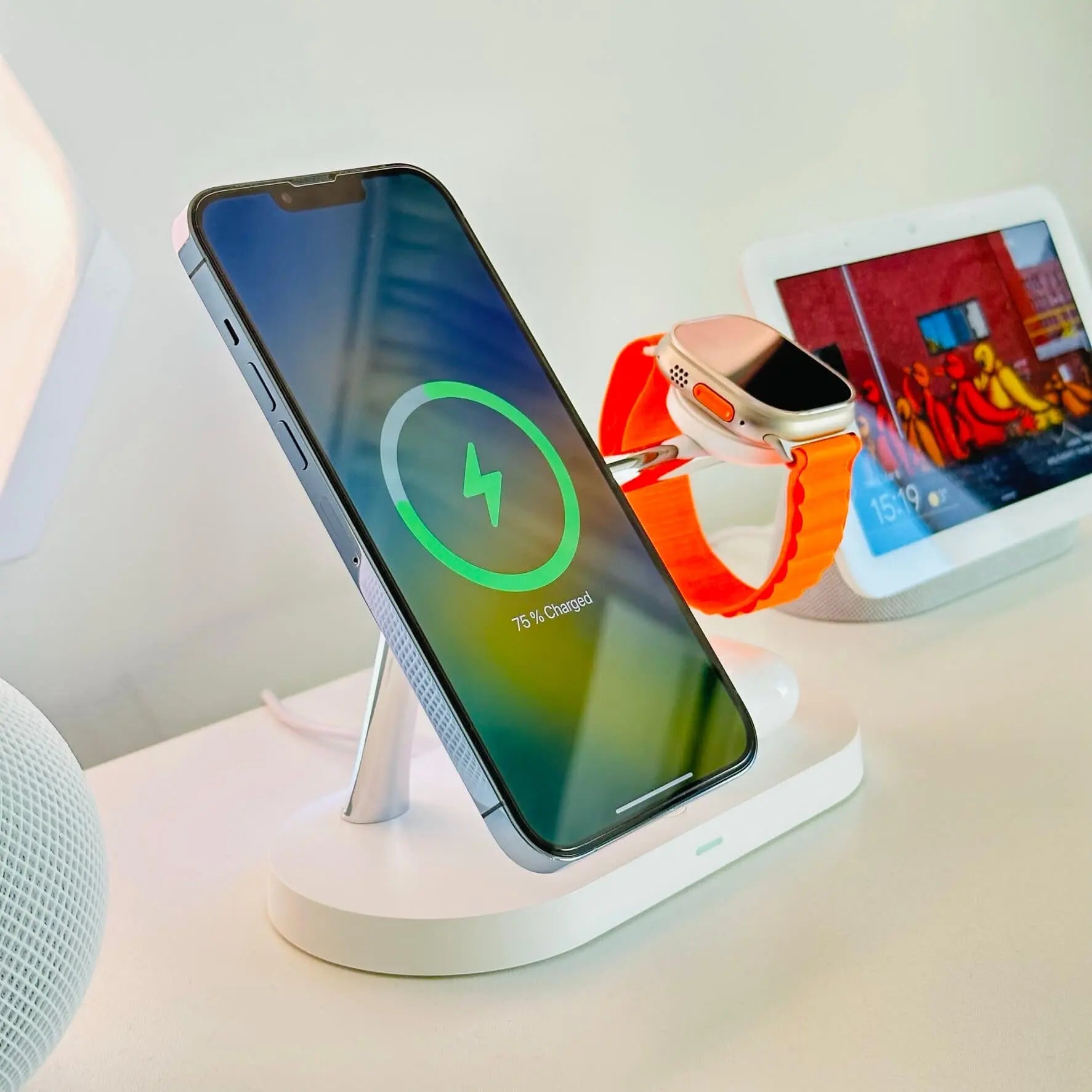
Myths & Useful Tips About Wireless Charging
Wireless charging has become a popular technology for mobile devices, but many people still have misconceptions about how it works and if it's safe. In this blog post, we dispel common myths about ...
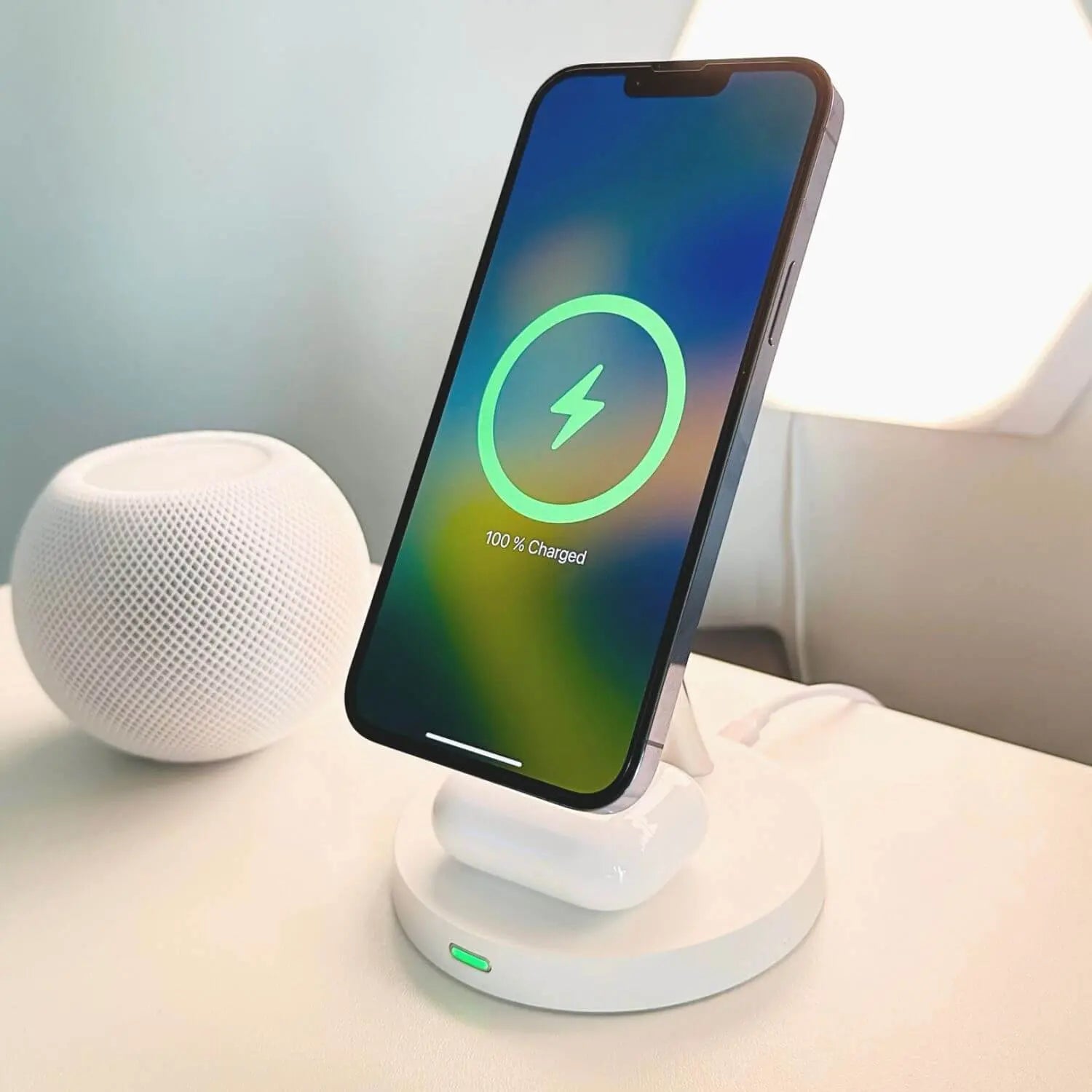
Key Things to Look For When Buying a Wireless Charger
Wireless charging has become an increasingly popular way to charge devices, with numerous brands and options available in the market. However, choosing the right wireless charger can be a daunting ...

How to Use a Power Bank to Charge Your Devices
Nothing is more annoying and frustrating than a dead phone. You must find a charger, hope there's an outlet available, and wait for your device to charge. But what if you can avoid all that by carr...

